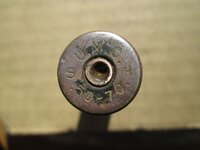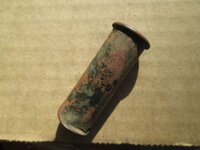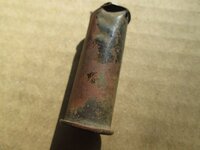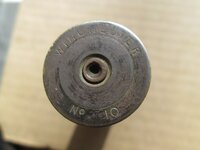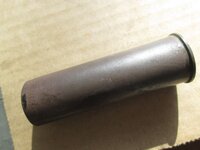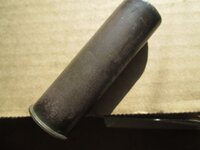McCDig
Silver Member
- Jan 31, 2015
- 3,753
- 9,039
- 🥇 Banner finds
- 1
- Detector(s) used
- Fisher F75
- Primary Interest:
- Metal Detecting
Back on the 25th of October I ventured to Woodsboro, MD to detect for the first time at that town's community park. Israel Creek runs through the park and is named for an 18th century settler to the area. The park shows extensive earth movement to create playing fields, a fishing pond and picnic areas. I did detect where an 1876 map indicated a home site. From that location I dug an iron ring, iron buckle and a cartridge. My oldest son was by the house tonight and he quickly identified the bullet as a .45-70 and knew that these were first used in the 19th century, post Civil War. Not certain of the age of this one, but I am thankful for his ballistics acumen to quickly id my first .45-70.
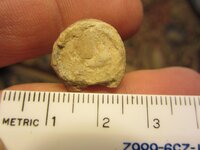
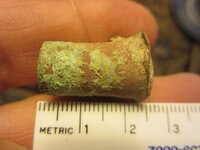
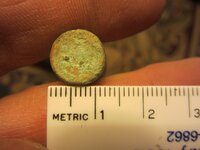
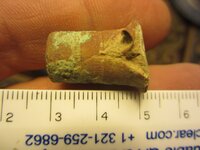




Last edited:
Upvote
4




